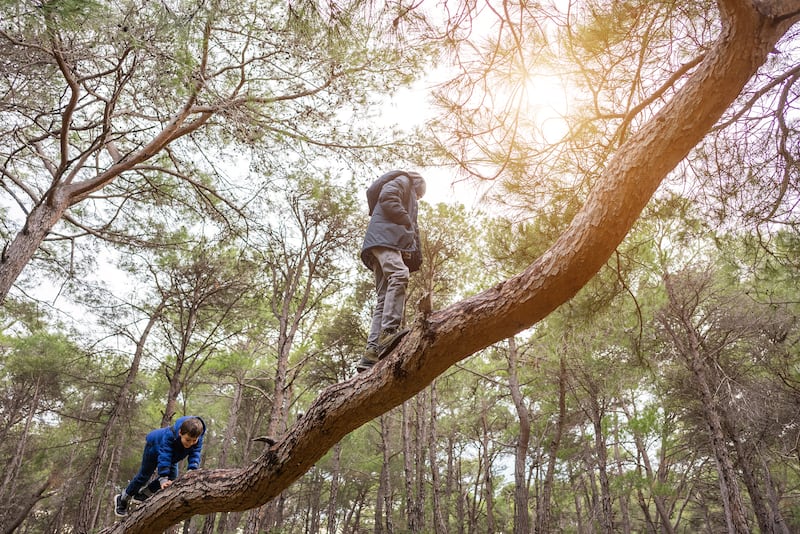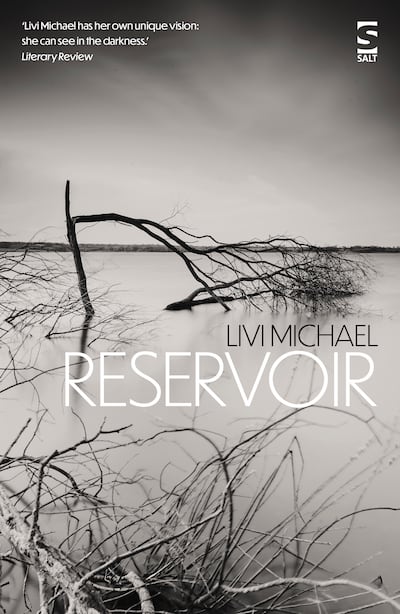Childhood changed in the mid-1960s. At least, it did in the small town where I grew up, near Manchester. It was the same northern English town where some of the victims of the Moors murderers were abducted, where their families lived. The bodies were buried on nearby Saddleworth Moor. A friend who grew up on the moor wasn’t allowed to play out at all after the first bodies were discovered, in 1965.
Sadly, there have been several more cases since then that have led to an awareness of “stranger danger”. Other factors, such as increasing traffic and urbanisation, have also escalated parental anxieties. And, of course, more recently the impact of Covid has confined many more children to the home. Twenty-four-hour supervision has become the new norm.
There are legal consequences for parents who don’t comply with this norm. They can be prosecuted for leaving a child unsupervised, in the home or outdoors. These rules vary from one country to another, but in the UK, at least, there seems to have been a significant shift in parenting models since the late 20th century.
An increasing number of studies have investigated the relationship between the rise of mental-health issues in young people and the loss of unsupervised play
My mother’s earliest memories, for instance, are of being told to “clear out” after breakfast, and not to come back until tea. Earlier still, Saddleworth’s own poet and local historian, Ammon Wrigley (1861-1946), recorded his memories of a childhood in which he ran wild across the moors, navigating, from a young age, rivers, ravines, caves and falls of snow.
In my case, reading replaced playing out. The imaginary worlds I entered through books compensated, to some extent, for the loss of real play areas. Classic children’s books, from Swallows and Amazons to Heidi or the Famous Five, regularly feature children playing outside, in nature, unsupervised. More recently, these natural worlds have been replaced by fantasy fiction and computer games. Is it a coincidence that Harry Potter became so popular in the 1990s, alongside the rise of the internet and computer games? They all offer an alternative fictional space for children, to compensate for a loss of outdoor, unsupervised play.
Are we experiencing the real cost of that loss now? As well as writing novels for children, I have taught creative writing at universities for more than 30 years, and recently I have been struck by the number of students with mental-health problems.

An increasing number of studies have investigated the relationship between the rise of mental-health issues in young people and the loss of unsupervised play. In the past year, independent research from two universities, Cambridge and Exeter, suggests that children who play outside develop resilience, and confidence, while building a relationship with the natural world. Dr David Whitebread, of Cambridge University, says, “Play in all its rich variety is one of the highest achievements of the human species. It underpins how we develop as intellectual, problem-solving, emotional adults and is crucial to our success as a highly adaptable species.”
Play allows children to imaginatively enter a different world from the one society has prescribed for them. Social narratives categorise children according to class, gender, race. They also tend to fix or trap children in certain roles at home or school – the naughty one, the responsible one, the one who makes everyone laugh. Play provides a means of resistance to this entrapment, allowing children access to other selves, different possibilities. In play, children try out multiple identities and develop their own narratives.
Current research suggests that play should be child-initiated, unsupervised and “risky”, while acknowledging the dangers. At the end of an 18-country analysis of childhood exposure to “blue and green spaces” and adult subjective wellbeing, Dr Leanne Martin, its coauthor and a postdoctoral research associate at the University of Exeter, concludes that “supporting children to feel comfortable in these settings and developing skills such as swimming at an early age can have previously unrecognised lifelong benefits”, while acknowledging the danger of such settings, and saying that “parents are right to be cautious”.

But how can we reconcile the need to keep our children safe with the desire to promote their confidence, and mental health, through unsupervised play? I suffered, like most mothers, when my sons failed to return from their first unsupervised outings on time – and embarrassed them, on more than one occasion, by going to look for them.
Some of these anxieties fed into my new novel, Reservoir, in which two children play together on a stretch of land they call the Wild, living out their fantasies but also encountering danger and tragedy. In later life one of them is haunted by her memories of the Wild as a troubling, enchanted place. Following an incident there, Hannah, my main protagonist, is prevented from playing out.
Like me, Hannah has moved from a working-class background to a profession that is traditionally middle class (psychotherapy rather than writing) via education. She suffers long-term consequences from the childhood incident, and it requires all her professional training to attain a different perspective on it in later life. But it is also true that she misses the magical freedom of the Wild.
The conflict between freedom and security is an old one, like other conundrums such as free will versus determinism and nature versus nurture. The unresolvable nature of these conundrums has generated debates in religion, science, political philosophy and psychology, without providing clear answers. But if we are to act on the recommendations of researchers such as Martin or Whitebread, to acknowledge the benefits of unsupervised play, we may need more research, and less legislation, or different legislation. There is no Famous Five Book entitled The Famous Five Receive a Care Order, but it is easy to imagine how rapidly social services would step in if we allowed our children similar freedoms.
[ Parents urged to ‘take back control’ as children spend time on digital devicesOpens in new window ]
Perhaps we need to be reminded that more children are injured in the home than outside, by someone they know, including a family member. Or that, as other research suggests, the inactivity of children who spend so much time indoors and on screens is reducing their life expectancy.
The attempt to negotiate irreconcilable conflicts requires all our creativity and ingenuity. But it may be time to exercise that creativity now that the mental and physical wellbeing of our children is at stake.
Reservoir, by Livi Michael, is published by Salt










